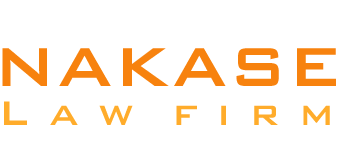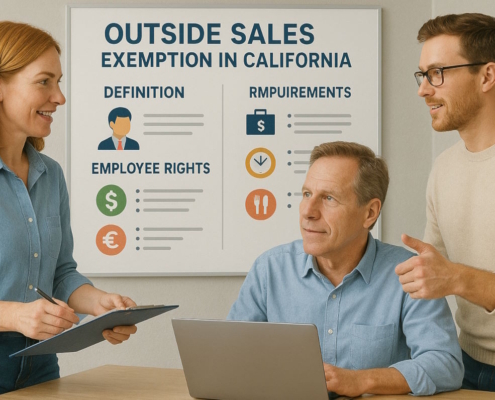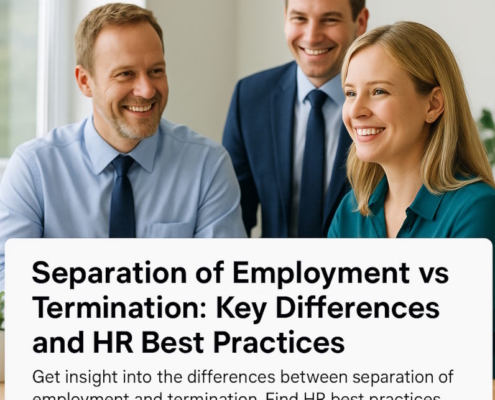How Do I File a Complaint with The California Labor Board?
Our employment attorney provides free consultation to employees for reporting violation of labor law by your employer.
By Brad Nakase, Attorney
Email | Call (888) 600-8654
An employee can submit a wage complaint to the labor board in as little as half an hour over the phone. An employee who believes they may be owed a few hundred dollars could end up receiving an award in the thousands due to penalties under California’s labor code. These penalties may include bounced check penalties, waiting time penalties, and liquidated damages penalties.
In this article, our employment attorney in Los Angeles discusses how to file a complaint with the Labor Board in California as follows:
What an employee needs to file a complaint?
To file a complaint with the labor board, an employee merely needs their Form W-2 or Form 1099. They will also require paystubs.
The length of the complaint process.
The process of resolving a wage complaint can take anywhere from a few weeks to a few years. This is because many factors are involved, including the complexity of the complaint and the schedule of the labor board branch office assigned to the case and that of the commissioner. Also at play is how willing an employer is to settle the issue and whether he or she chooses to appeal the outcome. It should be noted that the labor board has recently been suffering bad delays, so the process may be prolonged.
The Labor Commission complaint process.
The first step is filling out a labor board complaint using Form 1. An employee will also likely need to provide a completed Form 55 that established what they are owed for each pay period he or she worked for an employer. If an employee wishes to make a claim regarding retaliation, they will need to fill out a Form RCI-1. If an employee does not understand these forms or how to fill them out properly, they may enlist the services of a lawyer who can help them. The labor board will reject incorrect forms, and these will need to be amended before re-filing. Re-filing itself takes many weeks or months.
The next step involves filing the complaint with the appropriate DLSE branch. The department has eighteen regional branches in major California cities, including the following:
- Los Angeles
- Sacramento
- Long Beach
- Bakersfield
- El Centro
- Fresno
- Oakland
- Salinas
- Redding
- San Francisco
- San Diego
- San Jose
- San Bernardino
- Santa Rosa
- Santa Barbara
- Santa Ana
- Van Nuys
- Stockton
When it comes to selecting the appropriate branch, an employee will choose the office in the city where they were employed. DLSE office city assignments can change, and filing with the incorrect branch can lead to a major delay in the case that may require an employee to re-file their complaint with the proper DLSE branch. An employee may hire a lawyer to help ensure they file with the appropriate office, which would speed up the complaint process.
After the complaint has been filed, the labor board will send the employee a notice of conference after between 3-12 months. Both employee and employer, as well as their attorneys, are required to go to this meeting. The labor commissioner will conform information, ask questions, and finalize the employee’s wage complaint. This conference is also an opportunity for the employer and employee to speak about a potential settlement.
If no settlement may be reached at this time, then the wage complaint will go to a final hearing or court. A trial will usually occur somewhere between 3-24 months following the conference. An employee may ask the labor board to issue subpoenas to the employer and any witnesses who may have evidence relevant to their case. In court the employee will give a copy of all documents to the judge or hearing officer. It is typical for an employer to have a lawyer represent their interests in court. Employees, while not required to have an attorney, are encouraged to hire one.
No later than fifteen days after the trial, the judge or hearing officer will issue an Order, Decision, or Adjudication, known as an ODA. It usually takes as long as a year for the decision to be mailed to the interested parties. From the date of receipt, the parties will have a further fifteen days to appeal the result. If one side decides to appeal, the process begins again, but the complaint is transferred to a California superior court. This time, the parties will be required to pay court filing fees and other legal costs. These costs can rise into the hundreds, if not thousands, of dollars.
If an employee wins their case only for the employer not to pay, the employee will receive a formal court judgment. The labor board may choose to help the employee collect their dues.
Have a quick question? We answered nearly 2000 FAQs.
See all blogs: Business | Corporate | Employment Law
Most recent blogs:
Contact our attorney.
































